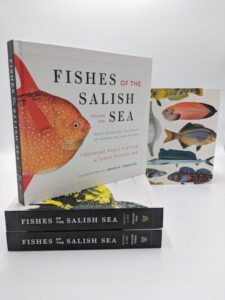Contrary to what may be erroneously inferred from all the entomologically incorrect Halloween displays being more and more commonly seen these days, spiders do not possess internal calcified skeletons.

Contrary to what may be erroneously inferred from all the entomologically incorrect Halloween displays being more and more commonly seen these days, spiders do not possess internal calcified skeletons.

What with all the talk these days of “citizen science,” as opposed to those activities engaged in by profesionals in formal research facilities, one can be forgiven for not immediately calling to mind a time when almost all science was the purview of amateur experimenters making investigations of the things closest to their daily lives through the use of items they had ready-to-hand.

Every so often, a new book comes along that when first seen causes me simply to stop and stare at it in awe with mouth agape. But never before has the mere picture of such a book caused me to do so – until today.

As one raised on the north Oregon coast in a family with deep and long-standing ties to the fishing industry, and still living within a relatively short drive from it, I am perhaps a bit more aware of marine affairs than the average person. So not surprisingly, when a copy of Professor C. Drew Harvell’s “Ocean Outbreak; Confronting the Rising Tide of Marine Disease” arrived from University of California Press, you can believe that my interest was immediately piqued.